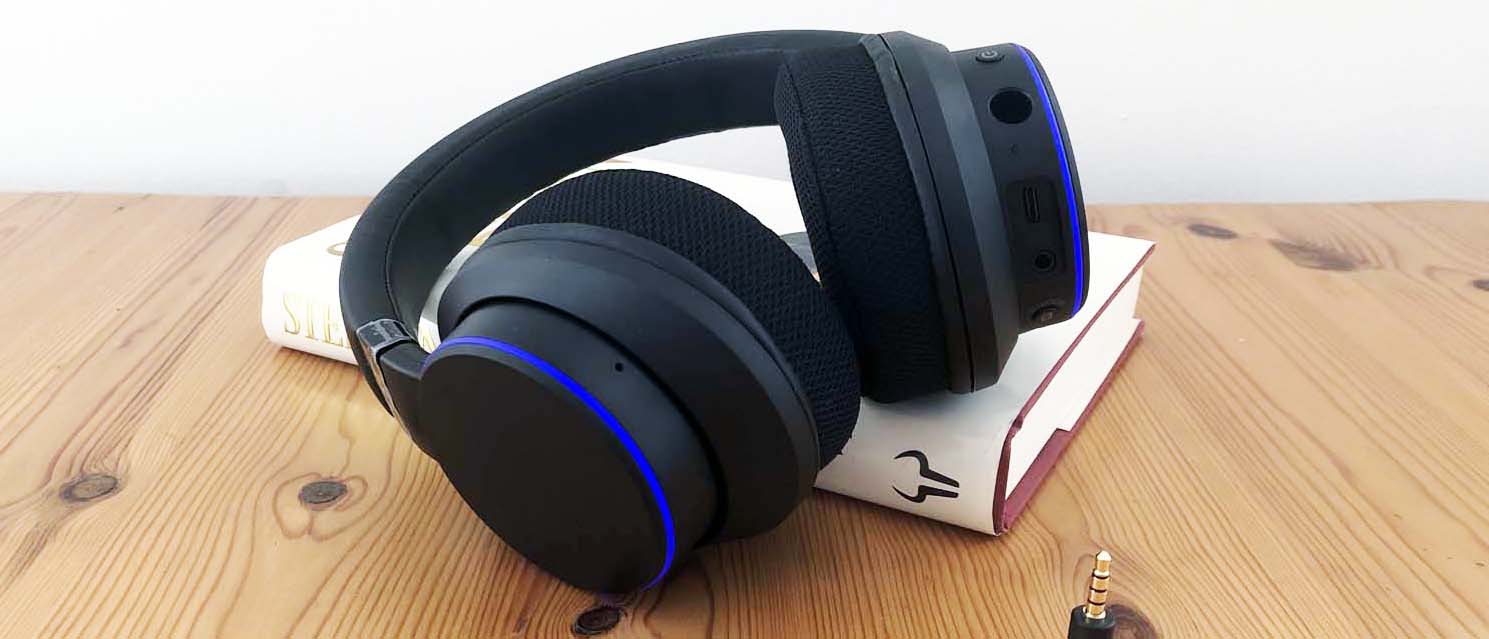TechRadar Verdict
Creative’s SXFI Air headphones make an impressive debut, although the SXFI audio tech works best with a wired connection and Bluetooth performance is more modest.
Pros
- +
Smart, comfortable design
- +
Impressive SXFI audio technology
- +
Good connectivity
Cons
- -
Bluetooth audio lags on games and video
- -
Fiddly set-up process
- -
No carrying case
Why you can trust TechRadar
We were intrigued when Creative gave us a demo of their new SXFI Air headphones at this year’s CES in January, as they introduced a new ‘holographic audio’ technology that the company has been working on for a number of years.
Creative, of course, is well-known for its range of gaming headphones and accessories, and these new headphones certainly have a lot to offer gamers.
However, Creative has bigger plans for the SXFI technology – which it sometimes also refers to as Super X-Fi, or SX-FI – and claims that it can dramatically enhance sound quality when listening to music or video too.
- Beats headphones: our pick of the best Beats cans
Price and availability
The Bluetooth-equipped SXFI Air headphones are available for $160 / £150 – this works out at around AU$280 based on current conversion rates, but they don’t appear to be available to buy in Australia yet.
There’s also a wired-only version of these headphones – somewhat confusingly called the SXFI Air Cs – which are available for $130 / £120 (around AU$225). It’s also possible to add the SXFI technology to an existing set of headphones by plugging them into the pocket-size SXFI Amp, which costs $150 / £140 (around AU$260).
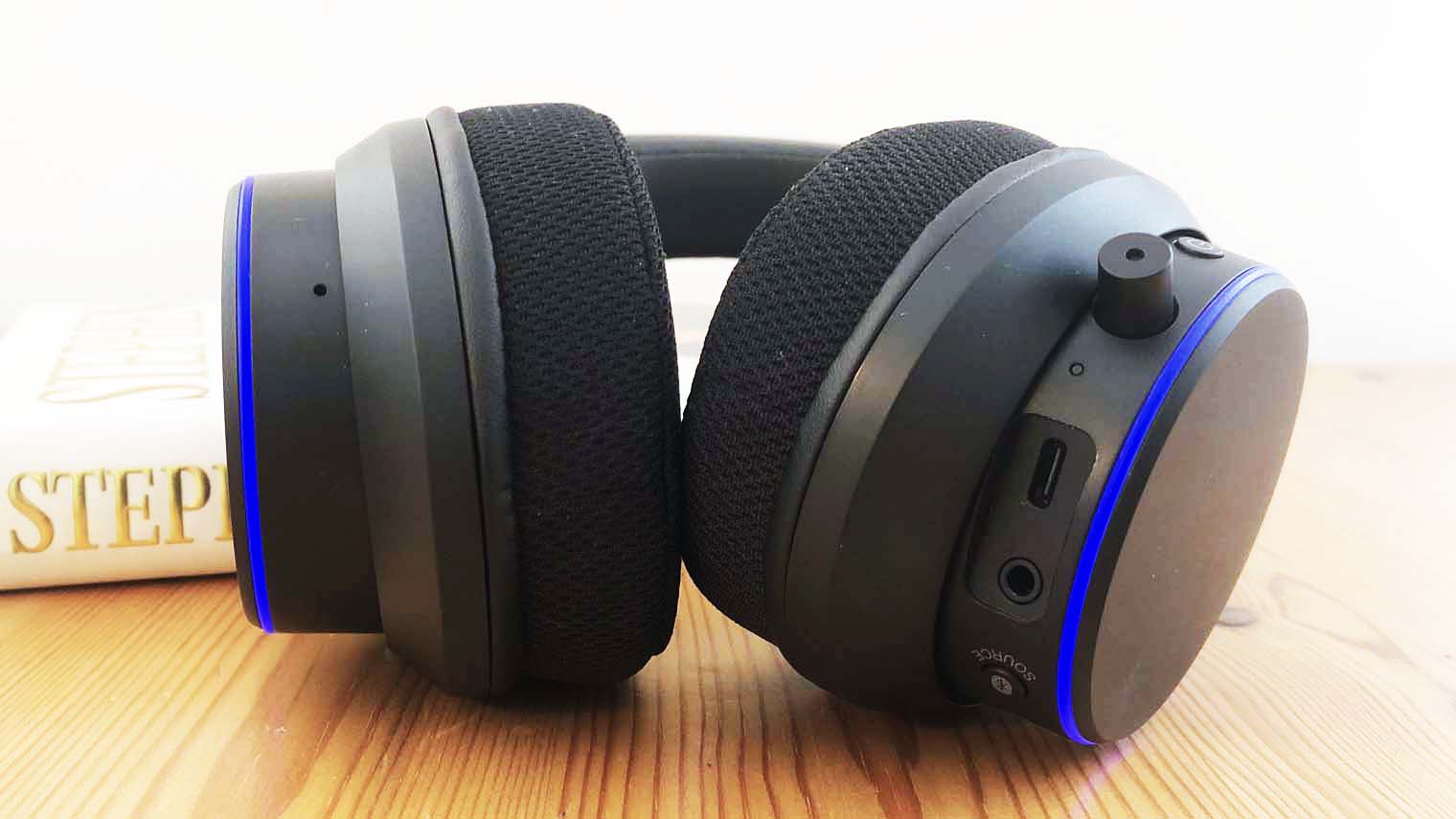
Design
The external design of the SXFI Air is pretty conventional, consisting of a large set of over-ear headphones, which weigh a fairly hefty 0.7lbs. You do notice the weight when you put them on for the first time, but the earpieces are padded with a thick layer of memory foam.
While we found the headband gripped our head firmly, it was easily adjustable to ensure a good, comfortable fit for marathon gaming sessions or a long journey on a train or plane.
All the controls are located on the left-hand earpiece, starting with the front-most Power button. Right next to this is a ‘nanoboom’ microphone for gaming or voice-calls, which protrudes just 8mm from the main earpiece, and can also be removed completely if required (although, we’d be worried about losing it, as it’s so small).
The ‘source’ button allows you to switch between Bluetooth and the various other input options, which include both 3.5mm line-in and USB-C for charging or USB-Audio input (with a USB-A to USB-C adaptor cable included in the box).
- Read our Creative Stage Air soundbar review
The left earpiece is also touch-sensitive, allowing you to adjust the volume, skip tracks, or take a phone call with various taps and swiping gestures.
One oddity is the inclusion of a micro-SD slot that allows you to play music stored on a memory card. This didn’t seem very useful to us at first, since most people will be playing music stored on a smartphone or other device – however, this could be handy if you’re on a long flight or train journey, as it will allow you to listen to hours of music without draining the battery of your smartphone or laptop at all.
It also allowed us to play some high-res FLAC files from a memory card – files that other devices can struggle with.
The Bluetooth support is relatively basic, relying on the standard SBC codec rather than the high-quality AptX, but the last control on that earpiece is the SXFI button – and this is where things start to get interesting.
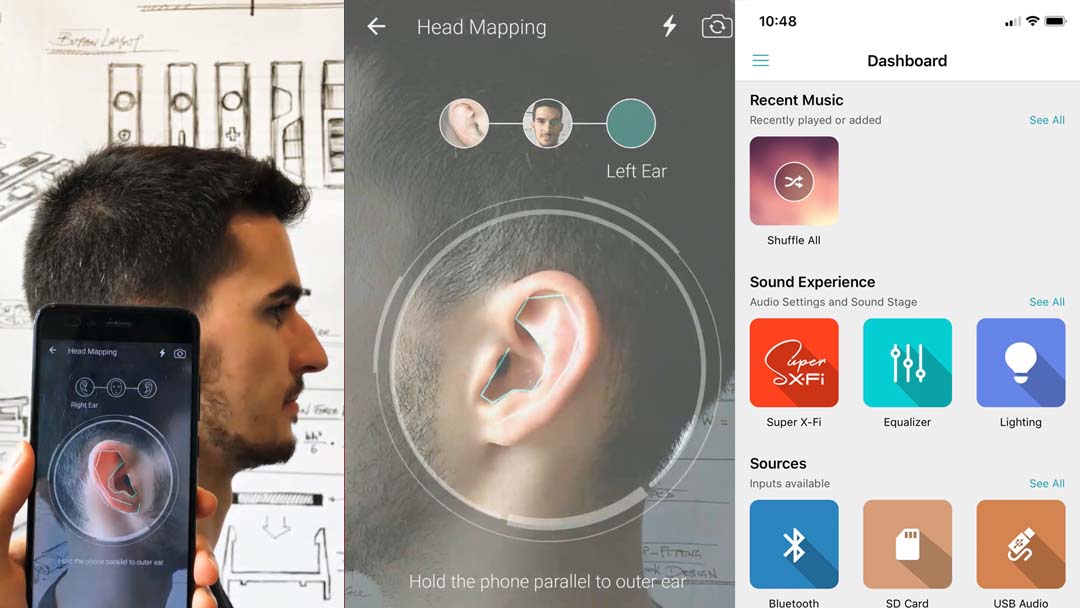
SXFI holographic audio
The SXFI Airs might look fairly straightforward on the outside, but on the inside you’ll find Creative’s ‘UltraDSP’ audio chip, which enables the SXFI technology. Creative’s argument is that traditional headphones – which sit tightly over your ears – can’t create the sense of stereo separation and wide, open sound that you can get from a proper set of speakers in a large room.
The ‘holographic’ SXFI technology is designed to overcome that limitation and create a more open soundstage that really helps to immerse you in sound – whether it’s games, music or the epic battles of Game Of Thrones.
I was pleased to discover that the SXFI really does provide a noticeable improvement in sound quality – although it does take a little effort to get the headphones set up properly.
The first annoyance is that there are two separate SXFI apps provided by Creative (with both apps available for iOS and Android). The first app starts by prompting you to take three photos – one of each ear and then your face.
This allows the UltraDSP chip to scan the contours of your head and ears and then calibrate the audio output from the headphones to suit your personal head shape. For some reason, Creative uses a second app to provide a number of additional controls, such as equalizer settings, and the completely gratuitous gaming eye-candy that emanates from the glowing ‘light ring’ on each earpiece.
Fortunately, once you’ve finished taking selfies of your ears, you can pretty much ignore both apps, and simply use the SXFI Air as a conventional set of headphones via Bluetooth or a wired connection.
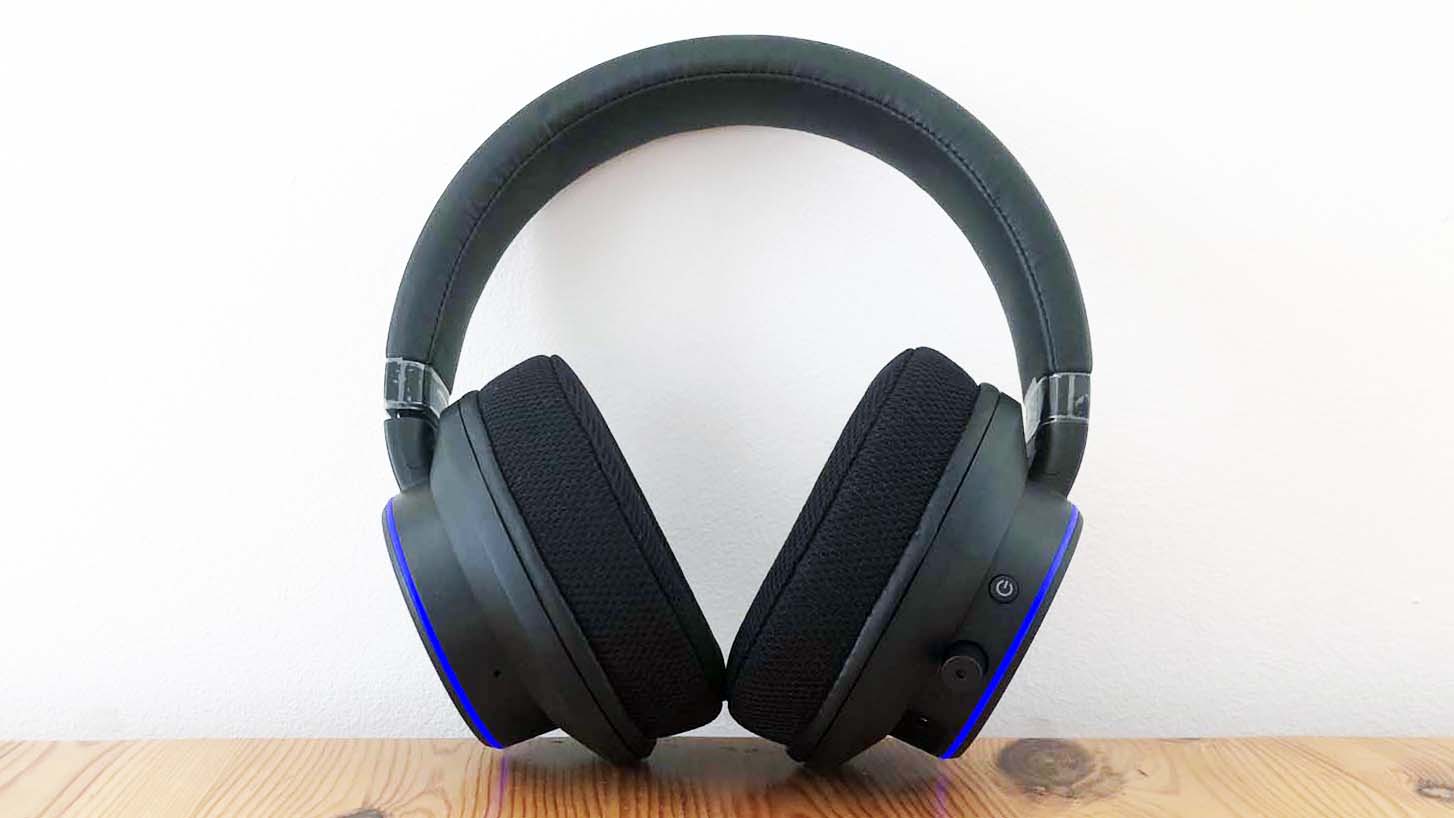
Performance
The SXFI Airs work reasonably well when listening to music via Bluetooth, with a respectable 10hr battery life; but this doesn’t show off the holographic audio at its best.
With only basic Bluetooth available and no AptX for better audio, the sound quality is respectable enough as we listen to some of Queen’s multi-layered harmonies on the Bohemian Rhapsody film soundtrack.
There’s plenty of detail, although the slightly muffled effect that afflicts most Bluetooth headphones is still present, and there are less expensive Bluetooth headphones available that can provide similar sound quality, like the Jabra Move Wireless headphones.
However, pressing the SXFI button on the left earpieces does provide a noticeable improvement, opening up the soundstage and creating a more dramatic sense of space. There’s a little extra clarity and detail on the dense harmonies as well – although we did notice a slightly harsh edge on some of those shrieking falsettos, which grates a little when Somebody To Love went full-tilt.
Unfortunately, Bluetooth mode doesn’t work well for games or watching video. There’s quite noticeable lag as I charge around shooting up the landscape in the Call Of Duty: Black Ops 4, and while watching Avengers: Infinity War as a warm-up for the new Endgame.
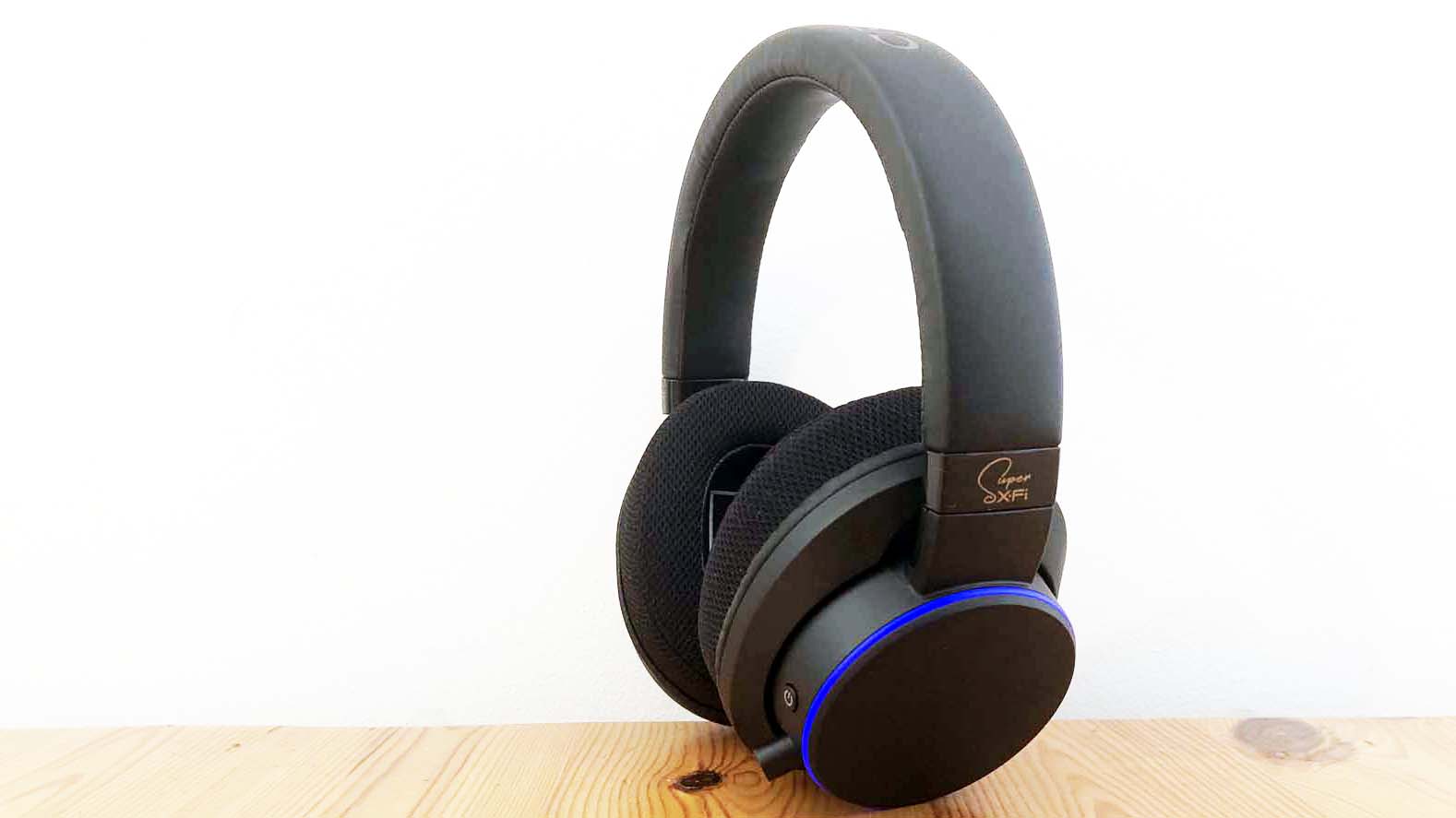
Switching to a wired connection solves the lag problem – as you’d expect – and using the SXFI effect in Call Of Duty really helps to create a greater sense of space and direction as I run around with bullets firing and bombs exploding all around me.
Even more dramatic is the improvement while watching Infinity War, with the sound of super-heroes zooming and panning smoothly across the screen. And some of the large-scale battle scenes with rival armies charging across the plains of Wakanda almost feel as though I’m listening to an expensive multi-speaker surround sound system.
Switching back to Queen again, the wired connection helps to deliver a much greater sense of space as Brian May’s guitar solos go bouncing from left-to-right, and the operatic chorus on Bohemian Rhapsody sounds truly epic as the SXFI effect allows it to really open up and deliver a sonic punch.
It really does sound much more like listening to separate stereo speakers in an open, spacious room, rather than just having the earpieces clamped onto the sides of my head. And, thankfully, that harsh edge that I noticed on higher frequencies when using Bluetooth is much less noticeable – although it does still raise its head every now and then.
Final verdict
The SXFI Air headphones are something of a mixed bag when used in Bluetooth mode, and if you’re mainly planning to use them indoors then it’s tempting to opt for the less expensive wired version instead.
It’s the wired mode that really shows off the SXFI holographic audio to best effect, adding a dramatic sense of space to music, games and video alike. There’s still some room for improvement when listening to music – but for gaming and video the SXFI Air is about as good as you’ll get for just over $150.
- Best headphones 2019: our pick of the best cans money can buy
Cliff Joseph is a former Editor of MacUser magazine, and a freelance technology writer with 30 year’s experience in the industry (and old enough to remember when Apple was close to going bust…).
His first job involved using Macs for magazine sub-editing and typesetting, which led to the realisation that these computer-thingies might actually turn out to be useful after all. After a few years specialising in the Mac side of the market, he went freelance and embraced the wide world of digital technology, including Windows PCs, digital audio and hi-fi, and networking. Somewhere along the line he also developed a bit of a gaming habit and has stubbornly waved the flag for Mac gaming for far too many years.
